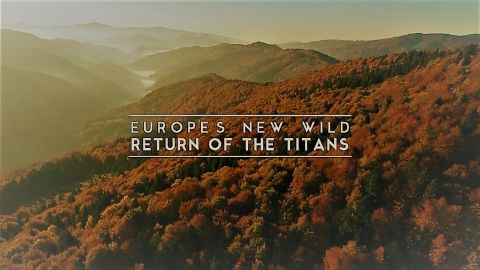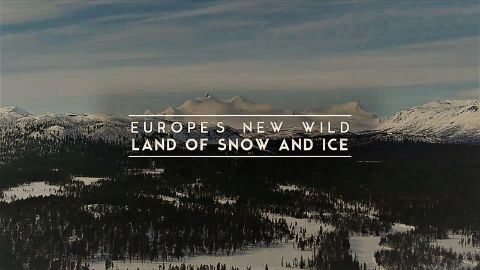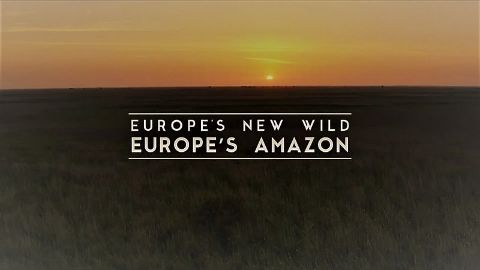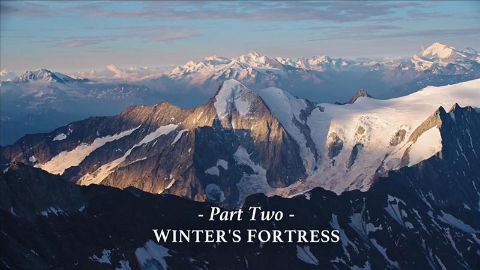Europe's New Wild • 2021 • 4 episodes •
Across Iberia, food chains and ecosystems are being restored allowing endangered animals, including the rarest cat in the world, to flourish.
2021 • Nature
Embark on a journey to Spain and Portugal, In Europe’s Carpathian Mountains, the introduction of Bison is helping numerous other species to thrive, while just beyond this mountainous region, Gray Wolves are staging an astonishing return.
2021 • Nature
Sami reindeer herders and modern conservationists are teaming up in a bid to save one of Europe’s wildest frontiers. Through ice and snow, the link between man and wild is being reforged.
2021 • Nature
The Danube is the largest preserved wetland on the continent, a sanctuary for thousands of species -many are the last of their kind. Conservationists are working to preserve and restore these precious habitats before it’s too late.
2021 • Nature









